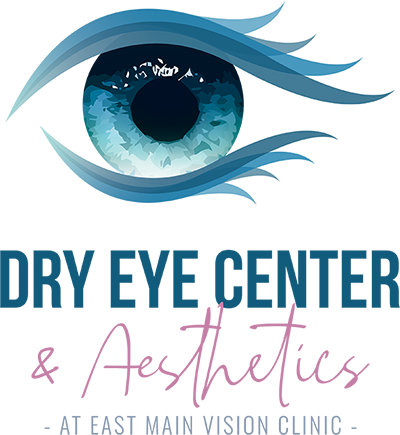
Myopia, or nearsightedness, is a common condition that impacts how well people can see at a distance. It can have a significant impact on a person’s life and is often associated with other substantial vision problems. One of the earliest tell-tale signs of the condition is that a person will often squint to see people or objects that are far away from them.
Blurry vision due to myopia is the result of light rays focusing at a point in front of the retina rather than directly on its surface. However, the upward incidence of myopia can be attributed to different factors and can be a combination of these factors:



Myopia Control Options
There are a couple different myopia control options that can slow the progression of the condition, but it is vital that you schedule an appointment with your eye doctor in order to identify which option works best for you and your specific needs. Keep in mind that there is no one-size-fits-all approach to eye care, so be sure to talk about your condition to ensure that you’re receiving the best care possible.

Orthokeratology
Ortho-K or Orthokeratology is one type of myopia control that may be effective for some patients. The treatment essentially works by placing a special contact lens over the eye at night while you sleep. During the night, the contact lens changes the corneal shape and forms it in the proper way. Once the lens is removed in the morning, the eye continues to temporarily maintain that shape throughout the day.

Coopervision’s MiSight
Dr. Day, Dr. Santa Elena, and Corina, our contact lens specialist, have been certified as part of the Brilliant Futures Myopia Management Program. Coopervision’s MiSight 1 day is the first and only contact lens FDA approved to slow the progression of myopia in children aged 8-12 at the initiation of treatment. Children can apply the soft, daily wear, single use contact lenses to their eyes in the morning, wear them for at least 10 hours during the day then dispose of in the evening.

Atropine Drops
Low-dose atropine eye drops are used alone, or in conjunction with Ortho-K or MiSight lenses, as a method to slow down the progression of myopia. Atropine is used to dilate the pupils and temporarily paralyze the muscles that focus the eyes. Higher concentrations are used to achieve this in cases of eye inflammation or trauma to prevent the eye muscles from spasming. Researchers have found that a very low concentration of atropine (0.05%) has been shown to slow down myopia with very few side effects. This means that there is a lower chance of your child experiencing an allergic reaction, glare, and near vision loss with this treatment. Atropine drops are instilled nightly in each eye on a daily basis. Since myopia progresses due to the length of the eye increasing, atropine has been shown to slow down elongation by 30-50%. This is important because longer, more stretched out eyes are at a higher risk of ocular complications, such as retinal detachments, maculopathies, and glaucoma.
Is There A Cure For Myopia?
While there is no cure for myopia, it is incredibly common, and studies have shown the earlier myopia management starts, the better the outcomes for the child’s near and long-term eye health. By slowing the progression of myopia, there is hope that patients can potentially avoid other serious vision implications.
Overview
If you suspect that you or your child may be suffering from myopia, don’t wait to seek help. Instead, give us a call so Dr. Santa Elena and our team can walk you through your options. Every person/child is unique we are here to provide insight and support in an effort to achieve the best vision possible. Contact our office at 253-444-2800 to learn more.




